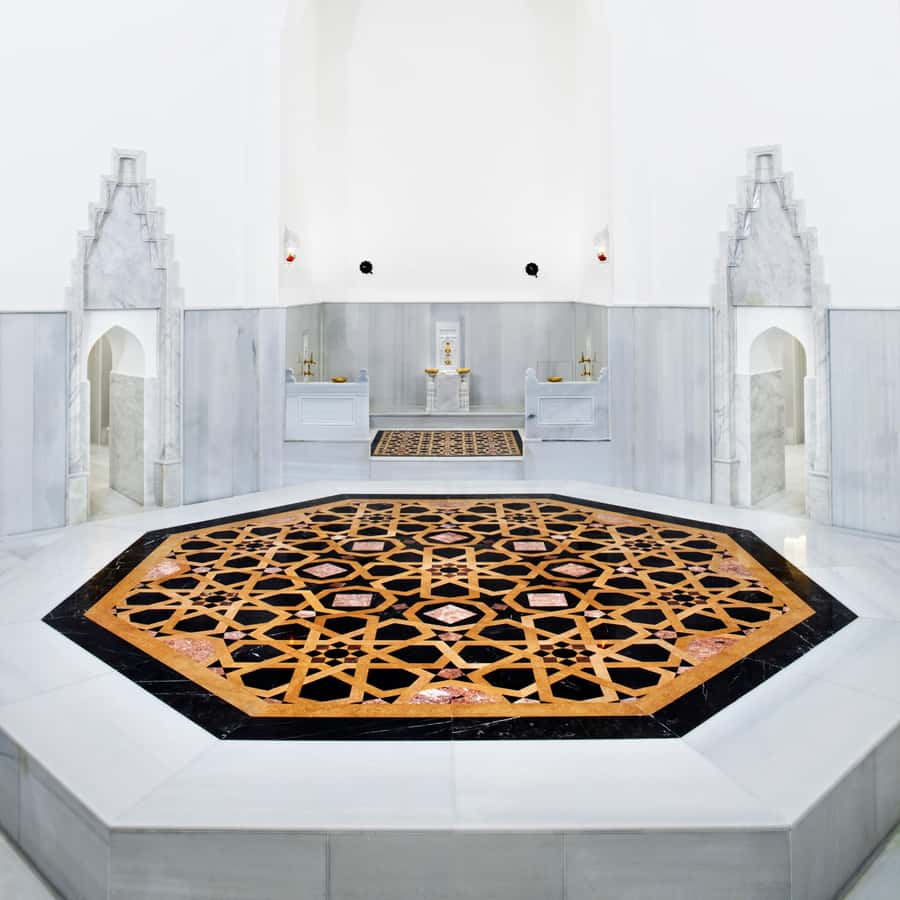A Traveler's Guide to Sultanahmet
The heart of Istanbul’s Old Town, Sultanahmet. This area is home to some of the world’s most iconic monuments, blending Byzantine grandeur with Ottoman splendor.

History

Byzantion: The Ancient Greek Roots

Constantinople: The Imperial Capital

Istanbul: The Turkish Identity
Iconic Monuments to Explore

For centuries, Topkapi Palace was the residence of the royal family and the administrative center of the Ottoman Empire. Wander through its courtyards, see the famous Harem, and marvel at the imperial collections, including priceless jewels and religious relics.

Once a grand arena for chariot races during the Byzantine era, the Hippodrome’s traces remain in the square between the Blue Mosque and Hagia Sophia. The Egyptian Obelisk and Serpent Column are among the few surviving remnants.

Located near Topkapi Palace, the Istanbul Archaeological Museums house one of the richest collections of artifacts in the world, spanning thousands of years of history. From ancient Greek statues to Islamic art, it is a treasure trove of relics.
How about a pro guide?
Why Hire a Professional Guide?
While it’s easy to get lost in Sultanahmet’s winding streets and historic marvels, a professional guide can transform your visit into an immersive journey through time. With extensive knowledge of the city’s layered history, a guide can offer you off-the-beaten-path insights, help navigate busy tourist spots, and even recommend hidden gems you might otherwise miss.
From explaining the religious significance of Hagia Sophia to telling fascinating stories about life in the Topkapi Harem, having a guide adds depth and context to every site you visit. Sultanahmet is a place where history comes alive—and experiencing it with a guide will ensure you walk away with more than just photos, but with a true understanding of Istanbul’s significance.
contact us
We work with the best tour guides.

Comments 2
Leave a Reply Cancel reply
The Other Tour is an immersive Istanbul experience, taking you beyond tourist spots to explore local culture with activities like home-cooked meals, school visits, and Bosphorus cruises. As a travel agency, we also offer personalized travel planning in Istanbul and Turkey, crafting custom itineraries and unique experiences tailored to each traveler.
© 2025 The Other Tour - Istanbul by Eren Nergiz Travel.






The old town looks glorious!
It really is 🙂 a unique location handpicked and favored by imperial ambitions for almost 2 thousand years.